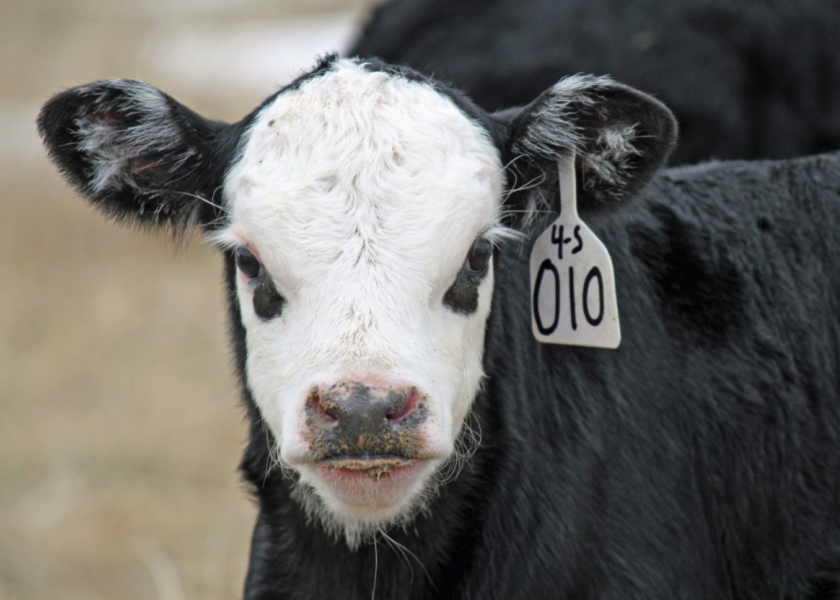What Producers Need to Know About Coccidiosis?

We have had some problems with coccidiosis in our calves this spring. Can you help me understand its life cycle and the best preventative measures so that we don't have to deal with this next year?
Coccidiosis is caused by a microscopic protozoan parasite. The parasite invades intestinal cells and destroys the cells while multiplying, causing diarrhea in the process. Coccidiosis in cattle is characterized by straining and bloody diarrhea. The organism is widespread - almost all cattle become infected at some time in their lives, although many never show signs of illness. Illness is more common in concentrated livestock operations because there is more opportunity for the environment to become contaminated in large numbers, and for calves to be exposed to large doses of the parasite.
The disease spreads by fecal-oral transmission. Older animals serve as carriers of the organism and contaminate pastures and pens with infective oocysts shed in their manure. Oocyst can persist in damp surroundings for a couple of years. New infections occur when calves ingest the oocysts. Calves are very susceptible to infection and then shed large numbers of oocysts into the environment. The larger the dose-load of oocysts the more likely the calf is to develop illness. Calves are more susceptible to illness if the immune system is compromised by poor nutrition, or stressors such as crowding or severe weather.
Often, outbreaks of the disease follow severe weather.
Control of the coccidiosis is based on preventing calves from being exposed to large doses of oocysts and maximizing immune function through good nutrition and minimal stress. The dose/load of exposure is controlled by reducing animal density (spreading cattle over more acres), preventing feed and water from fecal contamination (preventing calves from walking in bunks and troughs), and minimizing shedding levels by supplying medicating feed or water. Medication can be overwhelmed without paying attention to hygiene. Also, it is often a challenge to provide adequate levels of medication in young calves because they aren't consuming very much solid feed.
Your veterinarian can provide recommendations specific to the circumstances of your herd.







